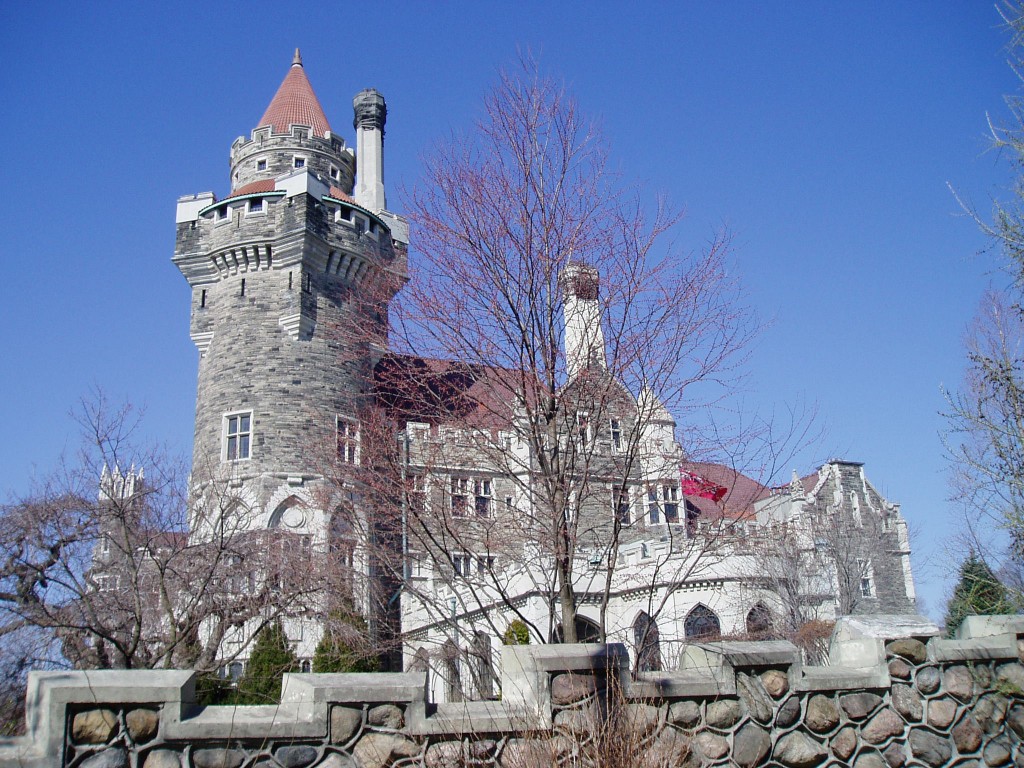Man drowns in a sea of debt
By Margaret Matthews, Columnist
When I first arrived in Canada, I was eager to explore my new home and visit the many historical sights and scenes that Canada has to offer its tourists and residents. As I pored over some of the travel brochures, one of the historical settings that intrigued me was the famous Casa Loma (Spanish for “house on the hill”), which sprawls over five acres of land and is situated in Toronto. In delving into the history of this Gothic Revival structure, I learned that the man behind the vision in constructing this gigantic mansion was a financier named Henry Pellatt—a man whose fall from riches can teach us a few lessons about finances.
Born in Ontario to British parents, Pellatt displayed impressive determination from a young age. At 17, he joined his father’s stock brokerage firm, and purchased stock in the Canadian Pacific Railroad, and the North-West Land Company. CasaLoma.org describes him as having the Midas touch—every business venture of his was so successful that he soon became over-confident in his financial success.
Pellatt was inspired by delicate French architecture, furniture, and furnishings while vacationing in Europe. His aesthetic vision became a dream, and eventually a reality. Construction of Casa Loma, designed by architect E.J. Lennox, commenced in 1911 and continued for three years, employing 300 workers with some artisans imported from Europe, at a net cost of $3.5 million. Pellatt got carried away by his imagination, and kept adding more and more rooms and structures. In the end, his expenditures far exceeded his original plans.
I had the opportunity to visit Casa Loma, which is now a tourist attraction owned by the City of Toronto. The mansion itself contains 98 spacious rooms, and the unfinished basement even contains a bowling alley and shooting range (Pellatt was a knighted rifleman). The vast property contains a hunting lodge, acres of gardens, and servants’ quarters, among many other features such as vintage cars from the early 1900s.
After World War I and before the Great Depression, Pellatt’s fortune took a drastic tumble. Because of his lavish spending, as well as his and Lady Pellatt’s philanthropy to charitable causes (Grace Hospital, Trinity College, St. John’s Ambulance Brigade in Canada, Girl Guides), Pellatt’s money turned to ashes. He could not pay his property taxes to the City of Toronto, and eventually filed for bankruptcy. With great sorrow and trepidation the Pellatts left their mansion and their high society lifestyle, and in a reversal of the typical “rags to riches” story, moved to a farm to live the rest of their lives as ordinary Canadians.
As I left Casa Loma, with its several unfinished rooms and architecture, I wondered why Pellatt’s brilliant mind did not foresee the recession. Why didn’t he make provisions for a rainy day? In hindsight, it was too late. History exists so we can learn from it, and I learned many valuable lessons from Pellatt’s oversight: that I should live within my means, not go overboard on lavish spending, never get into debt, and set aside a certain amount of money each month to be invested so there is something to fall back on in case of another recession or World War.

